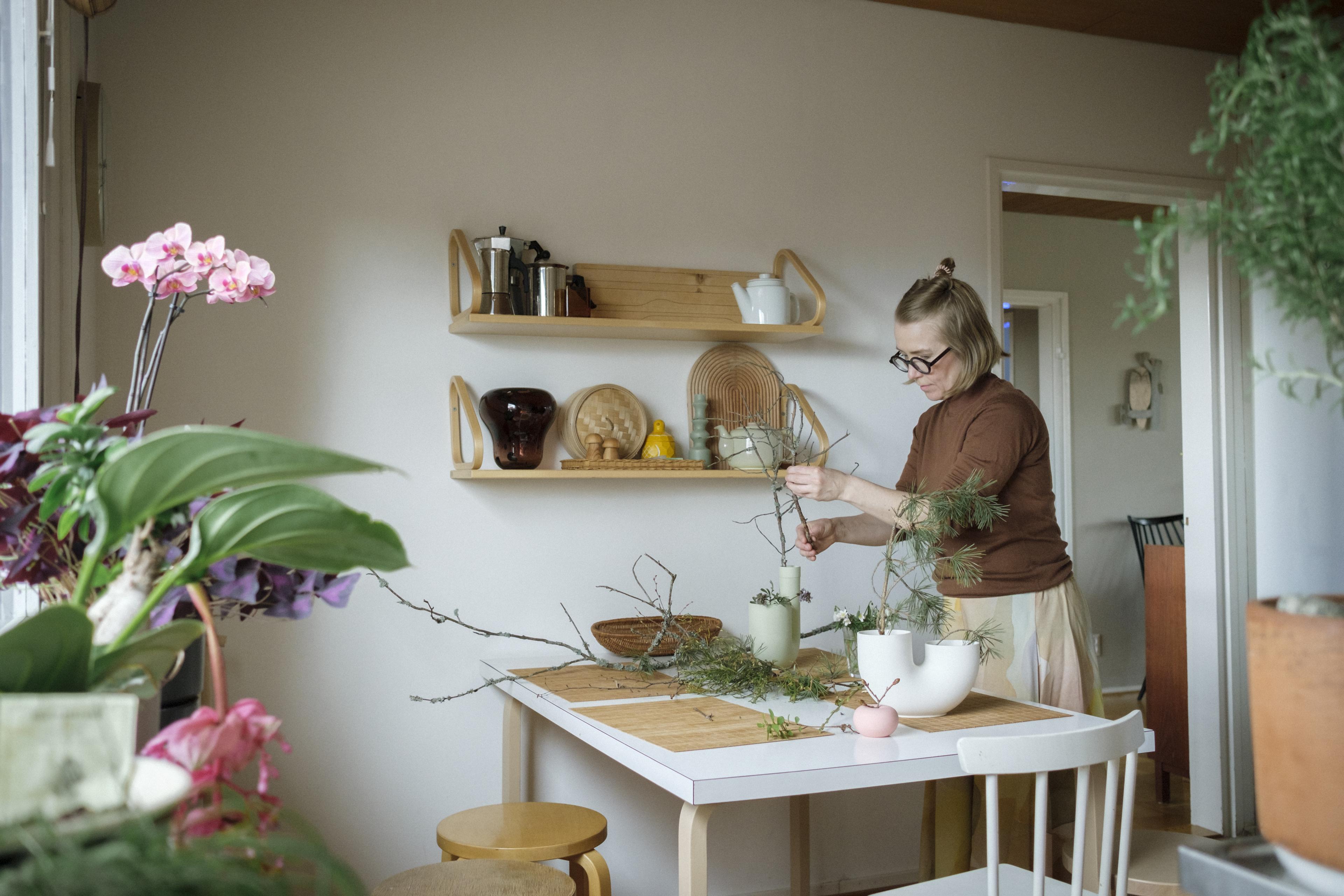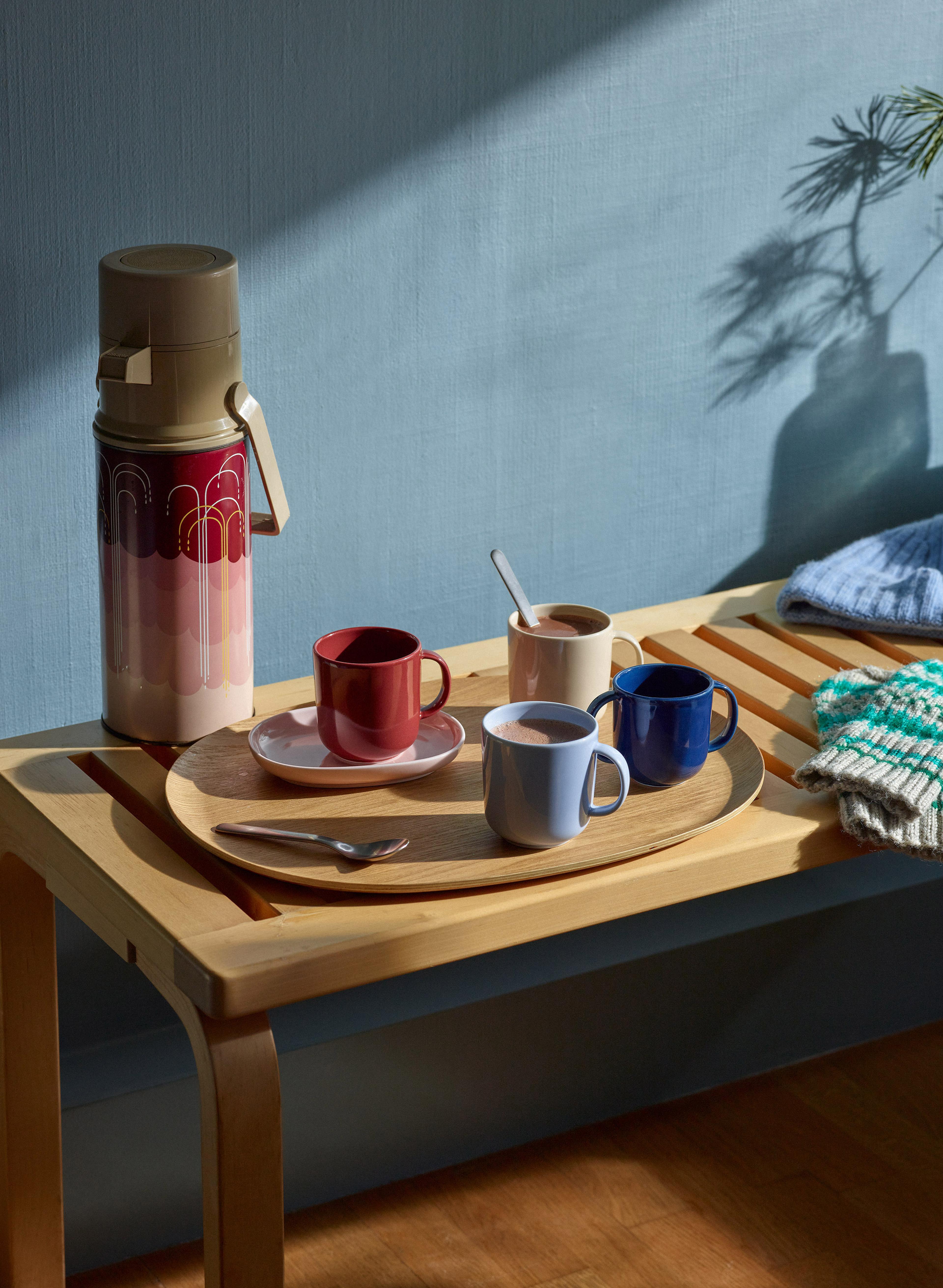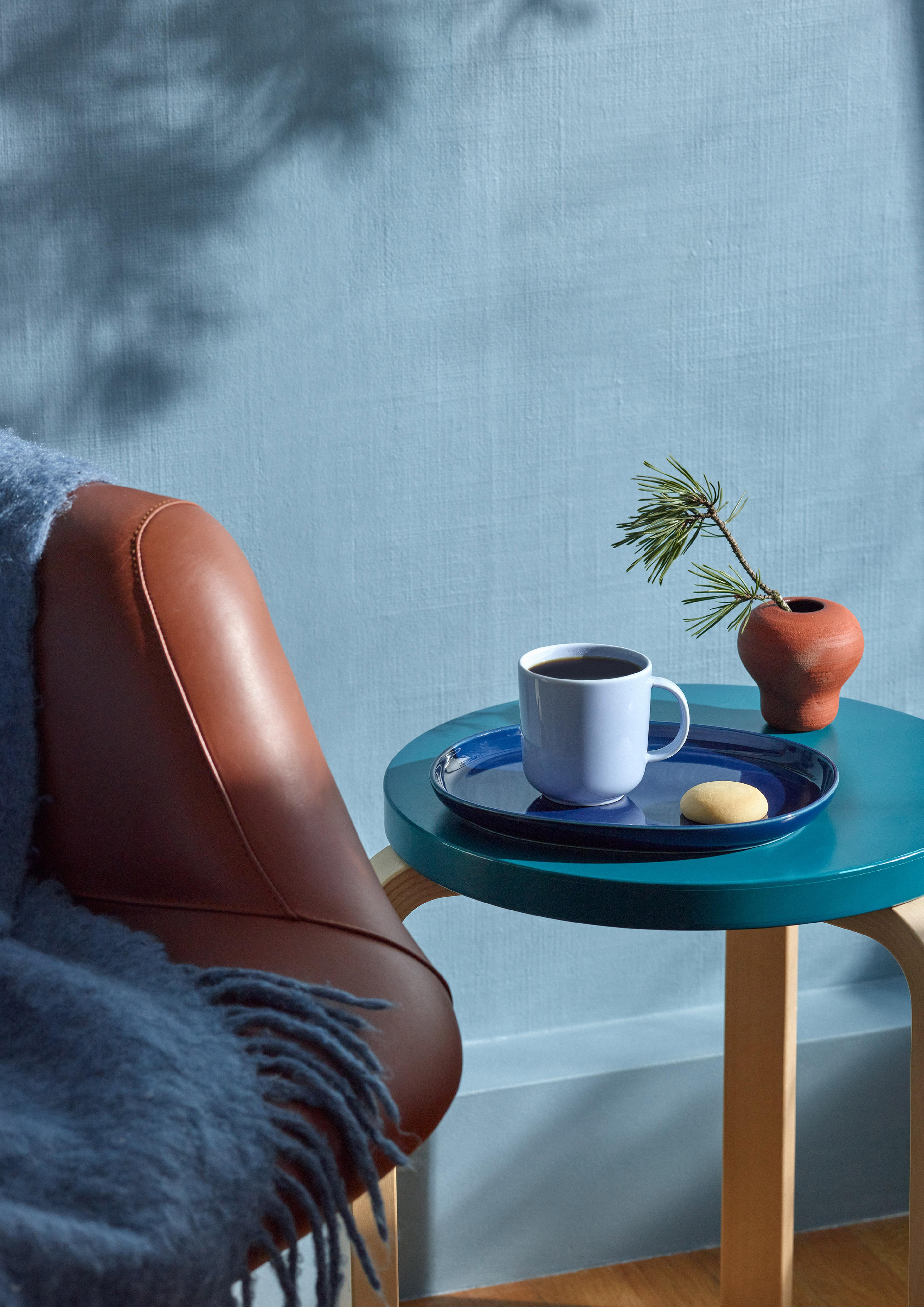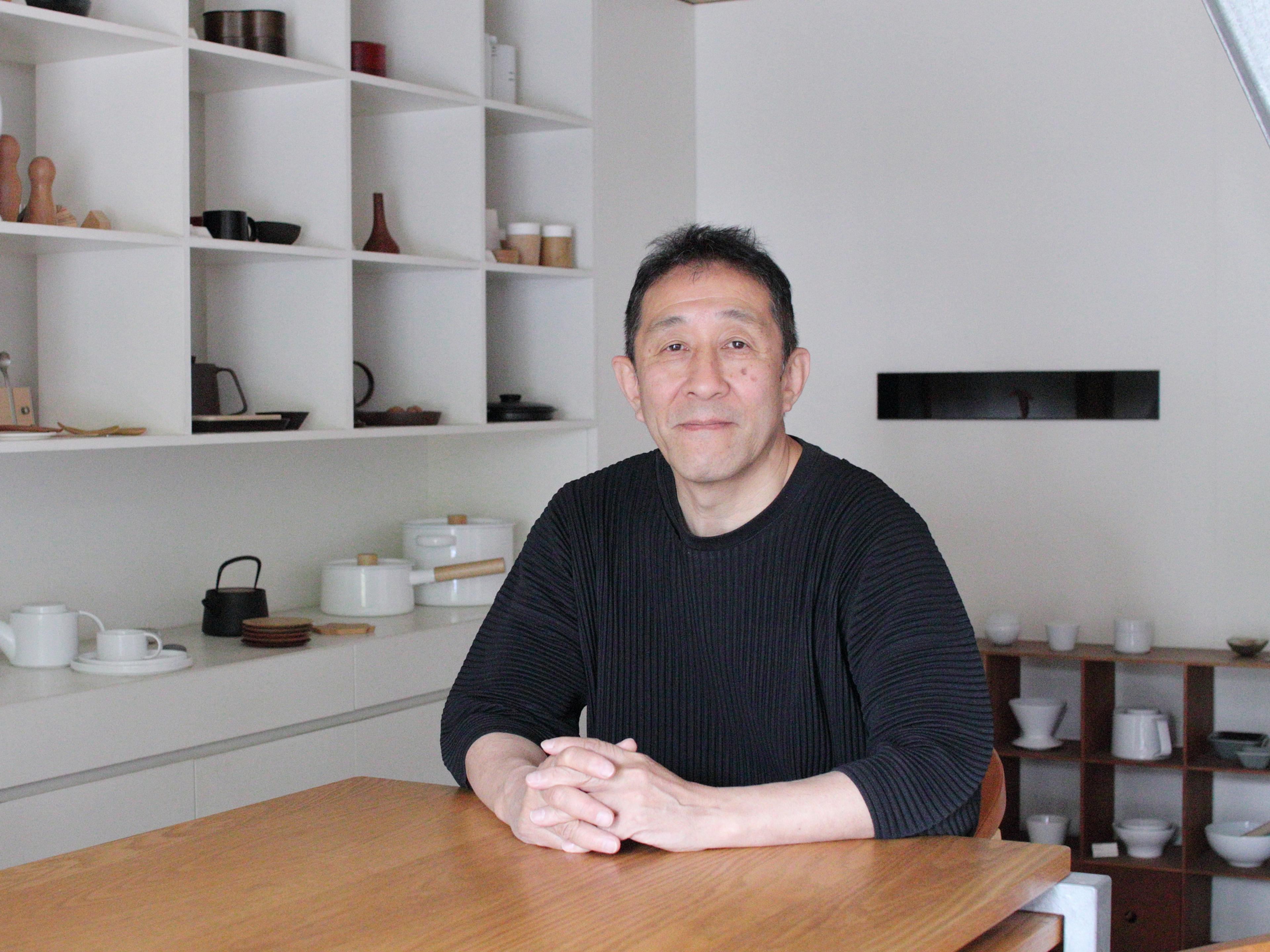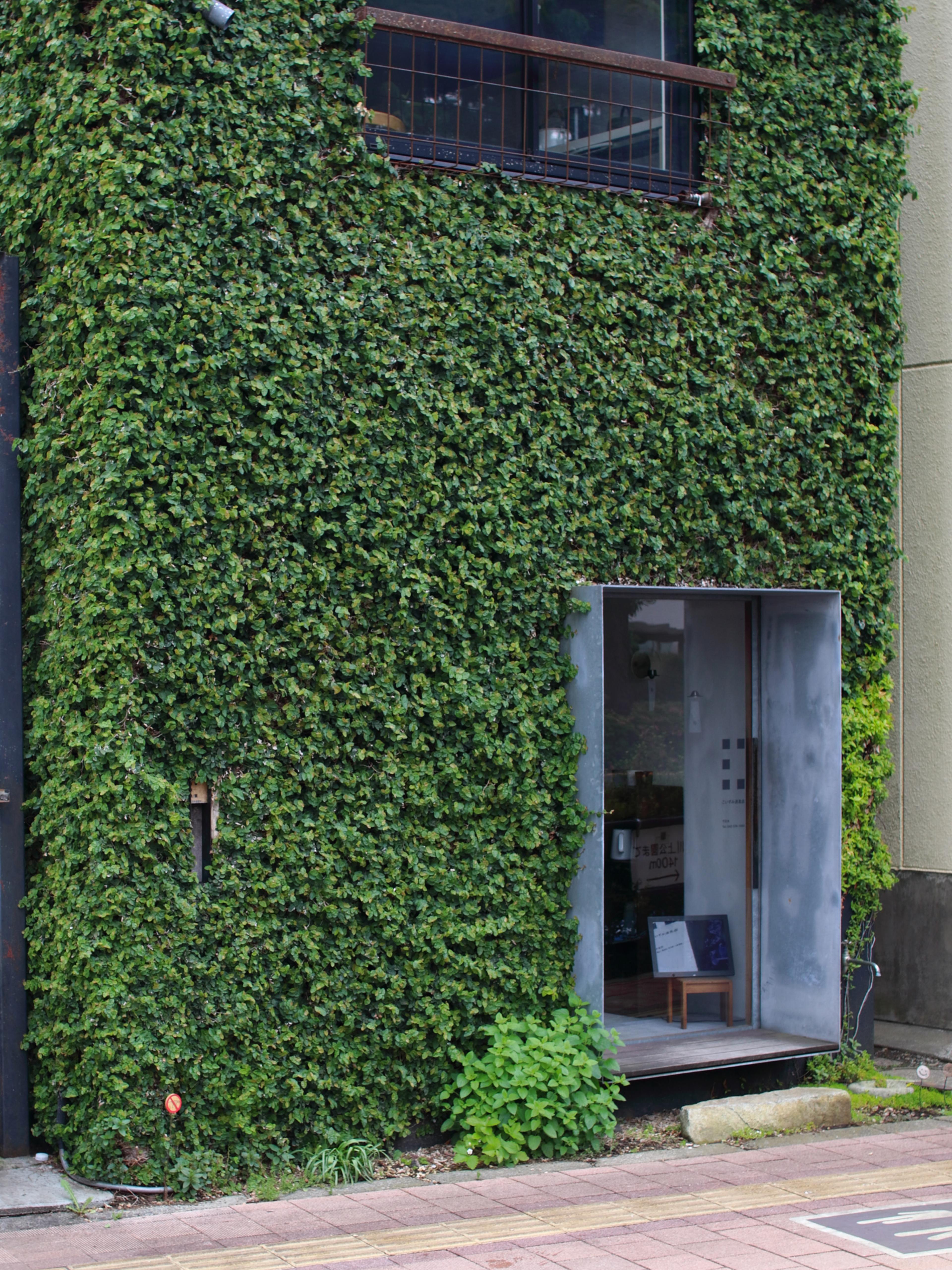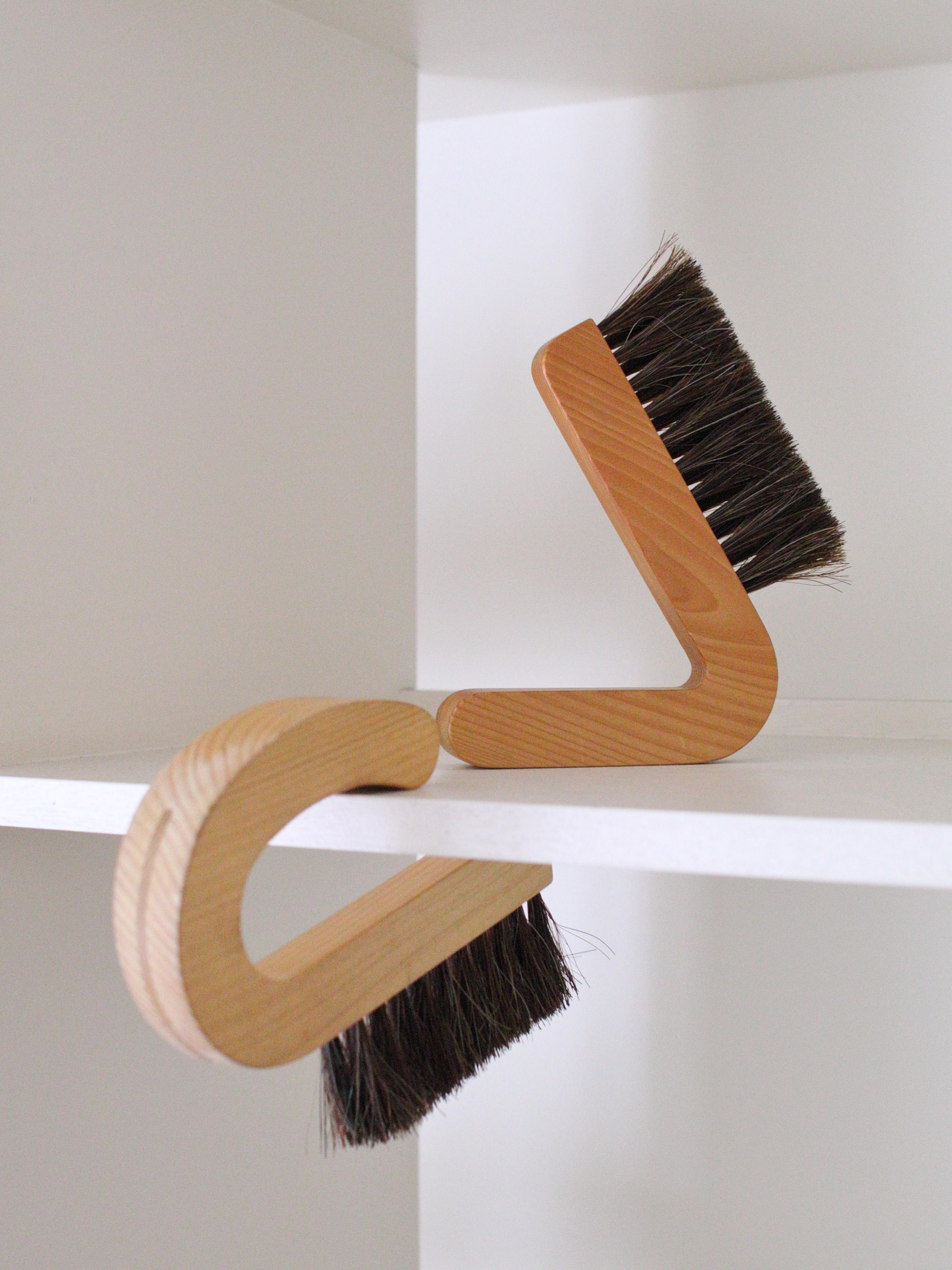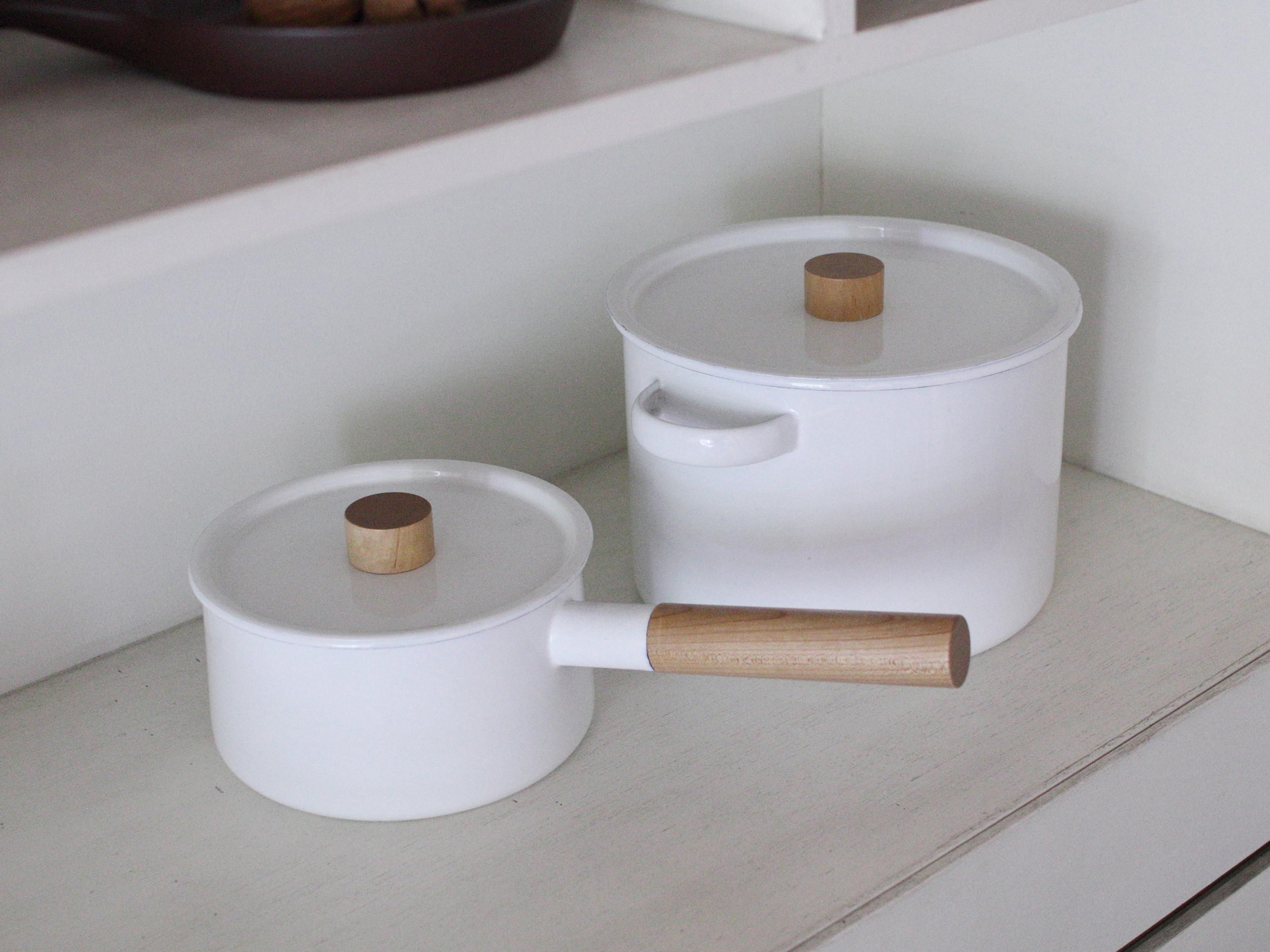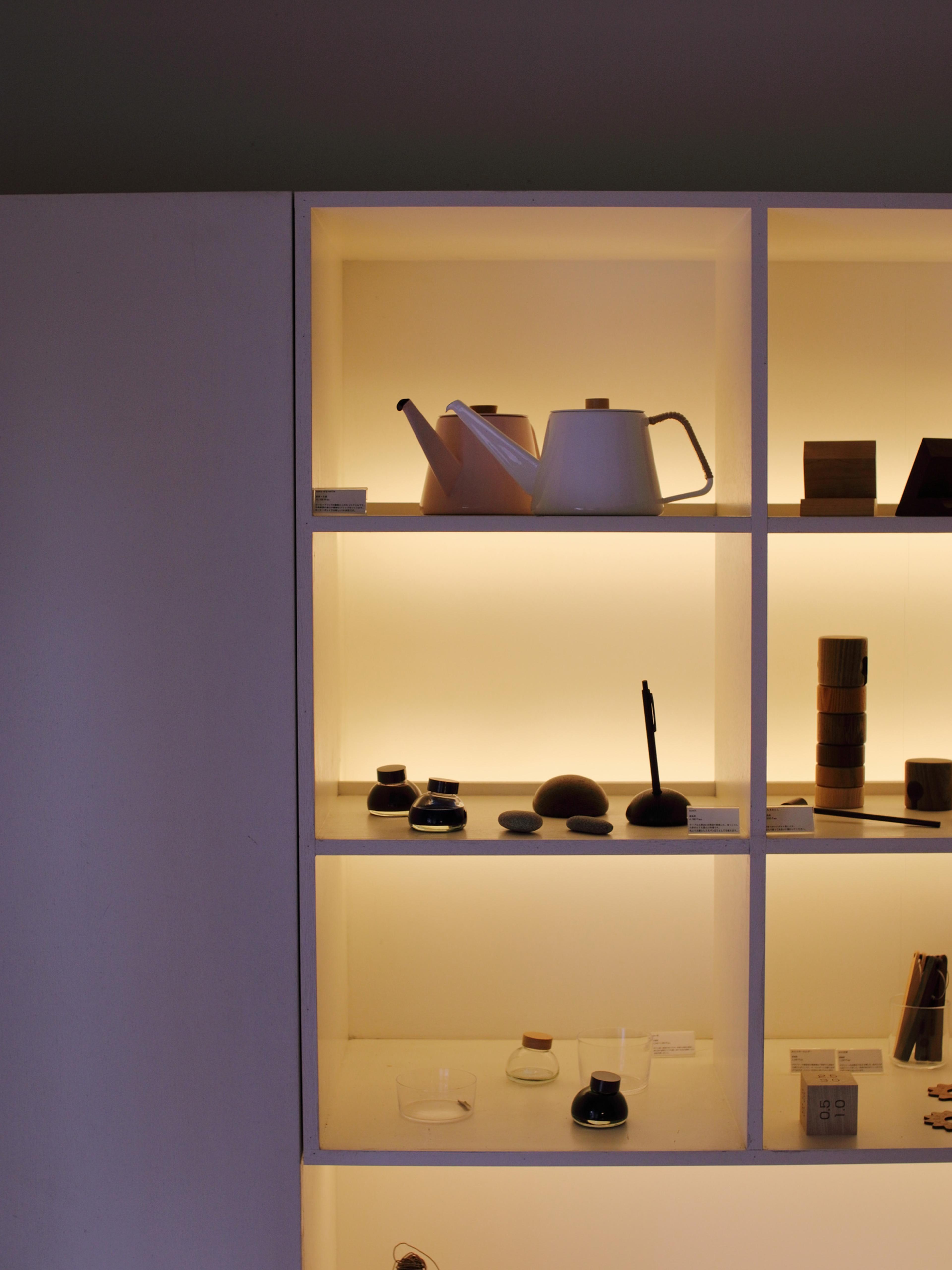25.10.13Yukari Iki
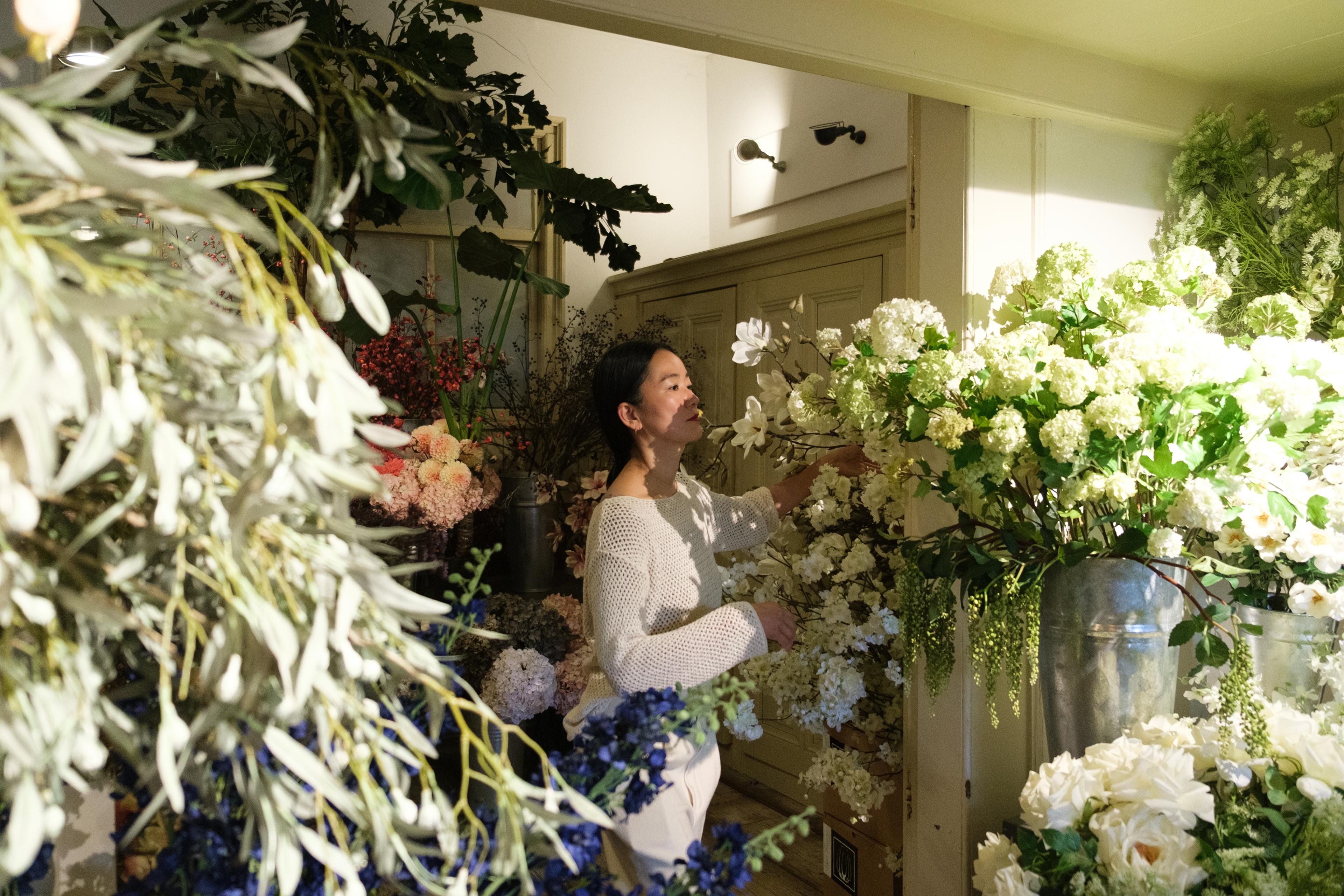
Before becoming a florist, Yukari Iki worked in public relations for Idée, a pioneering Japanese interior shop showcasing products from around the world. Fifteen years after she opened The Little Shop of Flowers in Tokyo, this year marked another milestone as she established a second base in the Netherlands, where her child is currently on student exchange. On a visit to Saikai Europe’s showroom in Leiden, the florist’s encounter with Ha’ vases provided the starting point for discussing the flower arranging culture in the two countries.
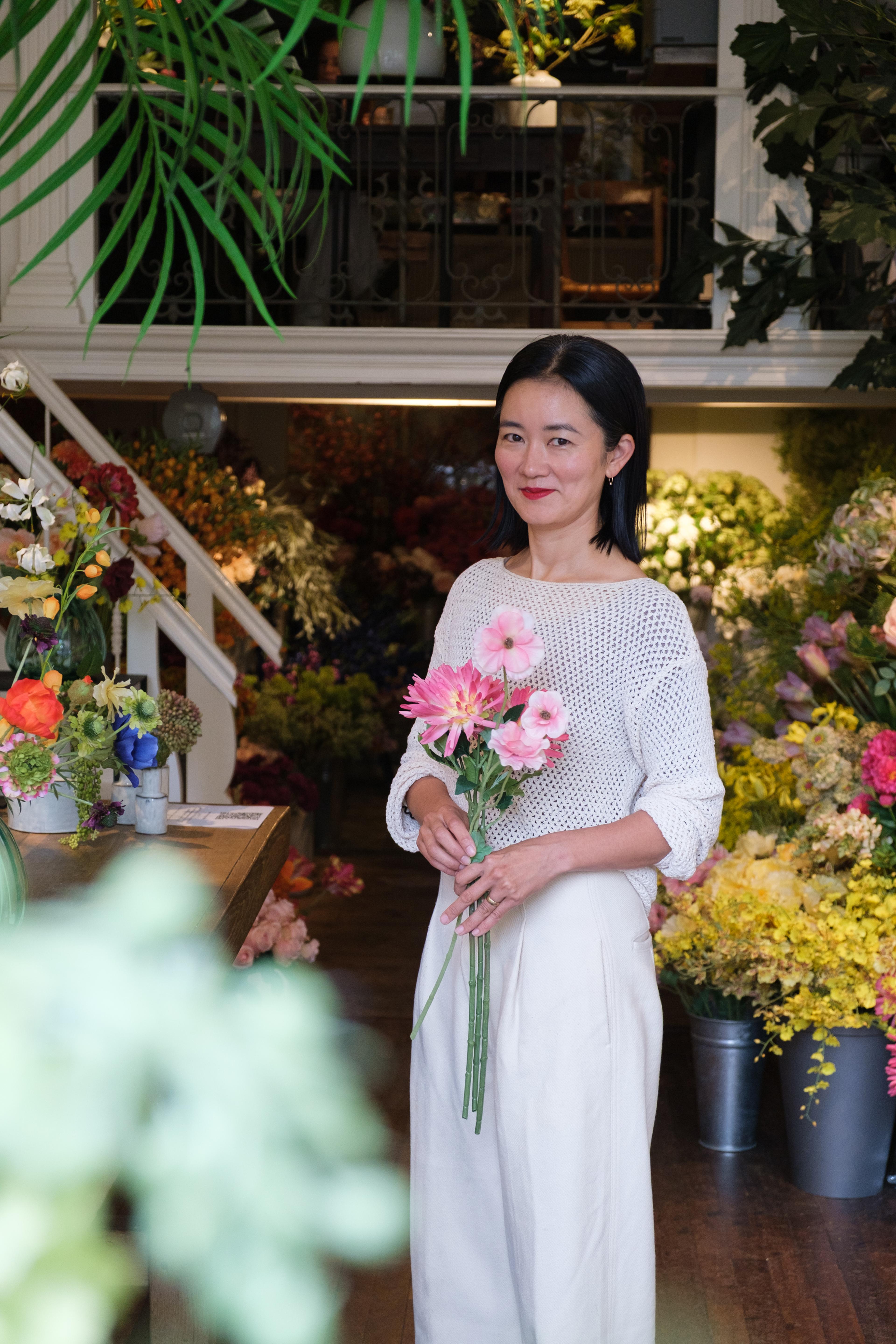
During the 19th century, a German doctor and botanist became deeply fascinated by Japanese flora and fauna. Well versed in natural history, Philipp Franz von Siebold arrived in Japan with the Dutch East India Company and was captivated by the plants nurtured by the country’s rich climate, eventually returning to the Netherlands with an extensive collection of seeds, seedlings and other specimens. When it came to building on his Japanese fieldwork, Siebold based himself in the city of Leiden, where Saikai Europe is now headquartered. His research led to the publication of Flora Japonica, introducing the world to hydrangeas, camellias and other Japanese flowers.
Iki’s choice of the Netherlands, which remains central to the global flower trade, was influenced by its connection to Japan through plants. Shortly after arriving in the country, she shared the story of Siebold, a well-known name in Japan, with the Dutch participants at one of her ikebana (flower arrangement) workshops in Amsterdam.
“I assumed that Dutch people would have heard of Siebold, but to my surprise, none of the participants were familiar with him. However, they listened carefully to the story. While the workshop was about ikebana, I aimed to convey its spiritual side, rather than the etiquette and techniques often taught in such lessons. In Japanese flower arrangement, tenchijin conveys the idea that as humans living between heaven and earth, we must harmonise the ‘space’ we occupy. I explained how the time dedicated to this idea is considered a ‘way’ – kado is the way of flower arrangement, just like sado is the way of tea.”
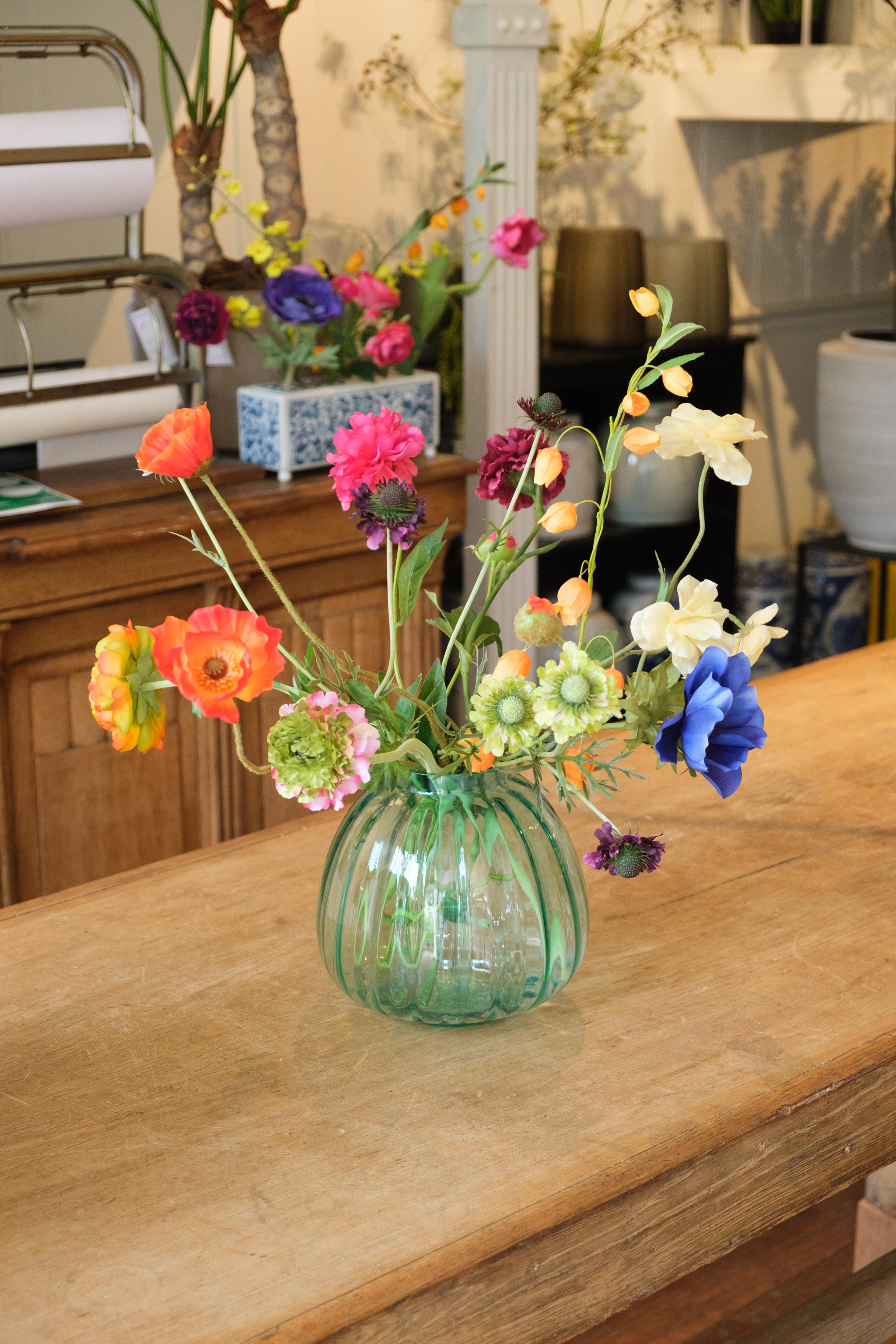
When Iki started out as a florist, she wasn’t well-versed in flower arrangement. Working in public relations, she found joy in helping others stand out. Sensing similarities within the role of a florist, she entered the industry without any backing. She began making bouquets in her own way, based on her sensibilities, producing work that was more Western in style than her current creations. Urban yet wild, her style blurred the boundary between feminine and masculine, bringing something fresh to the Tokyo scene and attracting a loyal following.
More than a decade has passed since those early days. Over time, she became more interested in flower farmers and growing techniques, as well as the wild and indigenous species found in the fields and mountains of Japan. She also started to take lessons in flower arrangement. Her shop in Tokyo has now become a place for deepening knowledge of culture unique to Japan, while also presenting eclectic ways to enjoy flowers that challenge perceptions of wabana (Japanese flowers). One example is ichirin-zashi, which is based on a simple arrangement of one or two flowers in a vase. Iki explains that this not only embodies the Japanese idea of yohaku (white space), but a connection between nature and daily life. It’s a method that makes use of the surroundings and flowers at hand.
“When I heard this Ha’ vase by English product designer Sebastian Bergne was intended for a single leaf or sprig, aiming to bring us one step closer to nature, I was reminded of ichirin-zashi. He actually created the vase in response to the British tendency to have gorgeous arrangements that require large volumes of flowers, while also challenging the culture of mass production and mass consumption. The approach differs to ikebana, yet interestingly enough, it arrives at a similar place.”
In the Netherlands, florists have been responding to sustainability concerns through the use of artificial flowers. Iki was introduced to one such florist and has occasionally held pop-ups at their store. Displayed like fresh flowers, the artificial creations come in a wide range of styles and can easily be mistaken for the real thing.
“I was a bit confused at first [laughs]. There are abundant varieties and the stems can be shaped at will. The fact that the flowers can be arranged however you like may have influenced their adoption in Europe. However, they represent the complete opposite of ikebana. Instead of changing the shape, the joy of ikebana comes from bringing the flowers to life in the vase, showcasing the unique beauty with which they bloom in the wild.”
Natural forms have the power to captivate. Bringing that richness to living spaces, ikebana provides something vastly different to artificial flowers. Yet despite this allure, it’s hard to say whether such sensibilities are still part of life in Tokyo. Amidst the urban bustle, how many people still enjoy flowers on a daily basis?
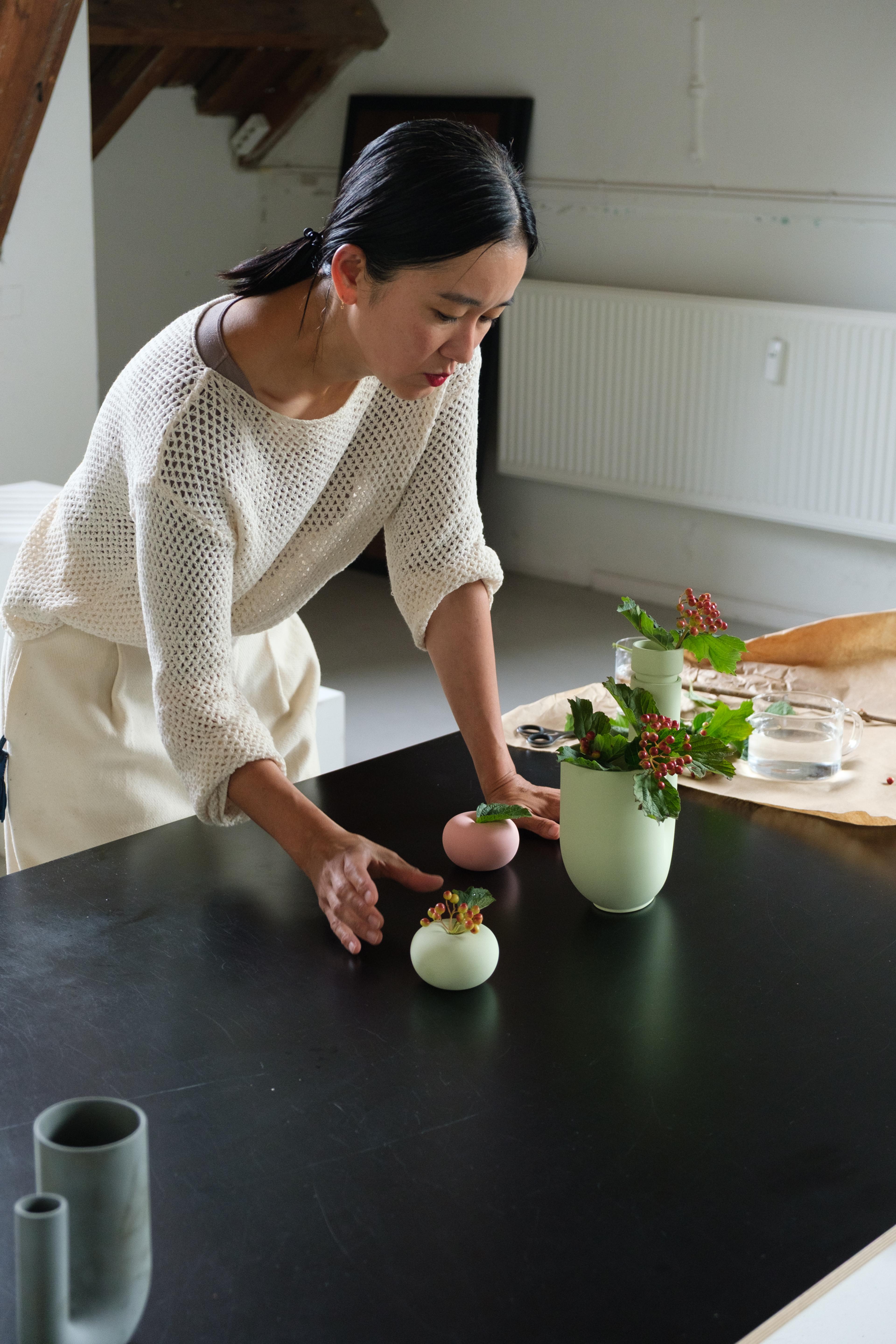
“It’s not as simple as saying fresh flowers are wonderful and artificial flowers lack emotion. Instead, they each show different ways of looking at nature. When you consider that lifestyles continue to evolve in diverse ways, everything is a matter of perception. There’s no right or wrong answer. Yet regardless of whether the flowers are fresh or artificial, I can relate to the Dutch people’s belief that a space needs flowers. I’d like to bring that back to urban life in Japan. The question is how. So as I slowly establish myself in this environment, I aim to deepen my understanding and develop my own unique way of working with flowers.”
